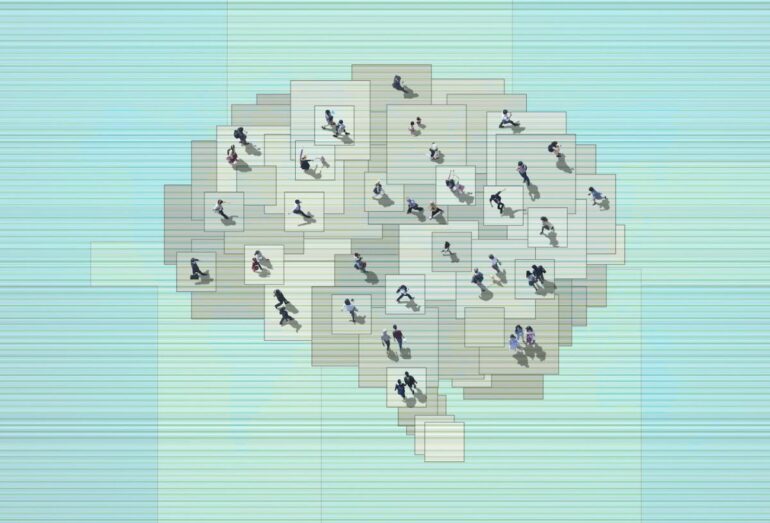Recent years have seen both impressive advances in computational technologies and neuroscience and increasing prevalence of mental disorders. These forces sparked the launch of brain science initiatives worldwide. In the past decade, a “brain race” between Europe, the U.S., Israel, Japan and China has taken off with the goal of understanding human brain function.
One of the earliest brain initiatives was the 10-year, 1 billion-euro (US$1.33 billion in 2013) Human Brain Project, which launched in 2013 as a flagship science initiative of the European Commission’s Future and Emerging Technologies program. The project initially sought to simulate the entire human brain in a supercomputer within a decade, continuing the work its founder, neuroscientist Henry Markram, started with his 2005 Blue Brain Project. Not only did it seek to digitize the brain, but research and laboratory work were also designed to be completely digital, with researchers distributed across Europe.
The initial goal of the Human Brain Project was to simulate the entire human brain in a supercomputer.
However, the project was rife with controversy among neuroscientists worldwide. It faced skepticism before it even started and gathered heated criticism and debate once funded. After over 800 neuroscientists worldwide signed an open letter calling for a revamp of the program, it was completely reorganized in 2015. From then on, its aim was to develop a European digital research infrastructure to advance brain science and create “brain-inspired information technology.”
Now, 10 years later, the project is coming to a close. It remains an open question whether it achieved its goals.
We are economists who study how digital infrastructure can help scientists collaborate in challenging times. Our recently published research found that while the Human Brain Project experienced major changes in its structure and goals, it was able to promote collaboration through its online forum.
Evolving research focuses
The project was composed of scientists from various disciplines, including neuroscience, computer science, physics, informatics and mathematics. More than 500 scientists and engineers at over 120 research institutions across Europe and beyond have engaged in HBP research activities.
Although many neuroscientists view brain network simulation as an important step to advance brain science, many others criticized the project’s initial focus on computer simulations. Scientists argued that simulations will never be enough to explain the function of the entire brain without complementary experiments on animals or tissues. Some viewed the program as an IT project rather than one on neuroscience. Others worried that other important research areas would be neglected. Combined with perceived lack of transparency and mismatch between the size of its task, time frame and setup, the reorganization the…
